Health-Care Real Estate’s Positive Prognosis
A large majority of investors plan to be net buyers in this sector, according to CBRE’s latest research.
Investment in U.S. health-care real estate assets this year could hit $25 billion, a figure more than double that of a decade ago, according to a new report from CBRE.
That estimate, the report says, highlights “rising confidence in these resilient asset classes, including life science real estate, medical office buildings and ambulatory service centers.”
In 2021, investors responding to the survey allocated $10.9 billion to health-care real estate, yet actually invested nearly $16 billion. Similar allocations from those companies this year total $17.1 billion, leading CBRE to estimate that a minimum of about $25 billion in equity will be deployed into the health-care sector this year.
READ ALSO: What Will Future Lab Space Look Like?
According to prepared remarks by Chris Bodnar, vice chairman & co-head of Healthcare and Life Sciences Capital Markets at CBRE, health-care and life science assets have been historically resistant to economic downturns and continue to be seen as a safe-haven for real estate investors during times of economic distress. This leads investors to continue to allocate more capital to these properties, which provide stability and consistently strong yields.
CBRE’s survey found that even more investors now (85 percent, vs. 80 percent in 2021) believe health-care real estate to be recession resistant. Further, 84 percent plan to be net buyers of assets in the sector this year.
Another factor driving this, the report says, is “new funding sources actively exploring alternatives to traditional real estate products, such as office, industrial, multifamily and retail.”
CBRE notes that venture capital funding of the U.S. life science industry hit a record high of $32.5 billion last year. Those properties, along with behavioral health centers, are anticipated to see the greatest increases in demand in 2022.
Diagnosis: Demand
Of course, there’s a price to be paid for all that demand, and survey respondents expect that cap rates for Class A properties, especially in on-campus locations, will continue to decrease.
Medical office buildings are generally seen as the most desirable health-care product type for investment in 2022, while ambulatory surgery centers saw the largest year-over-year increase, up 17 percent to a whopping 88 percent of investors indicating interest.
Large majorities of both developers and private capital investors are targeting portfolio investments below $250 million. Preferred single-asset transactions are between $10 million and $50 million.
Banks remain the most popular financing source for life science and health-care properties (83 percent), followed by life companies (45 percent).
Read the full report by CBRE.


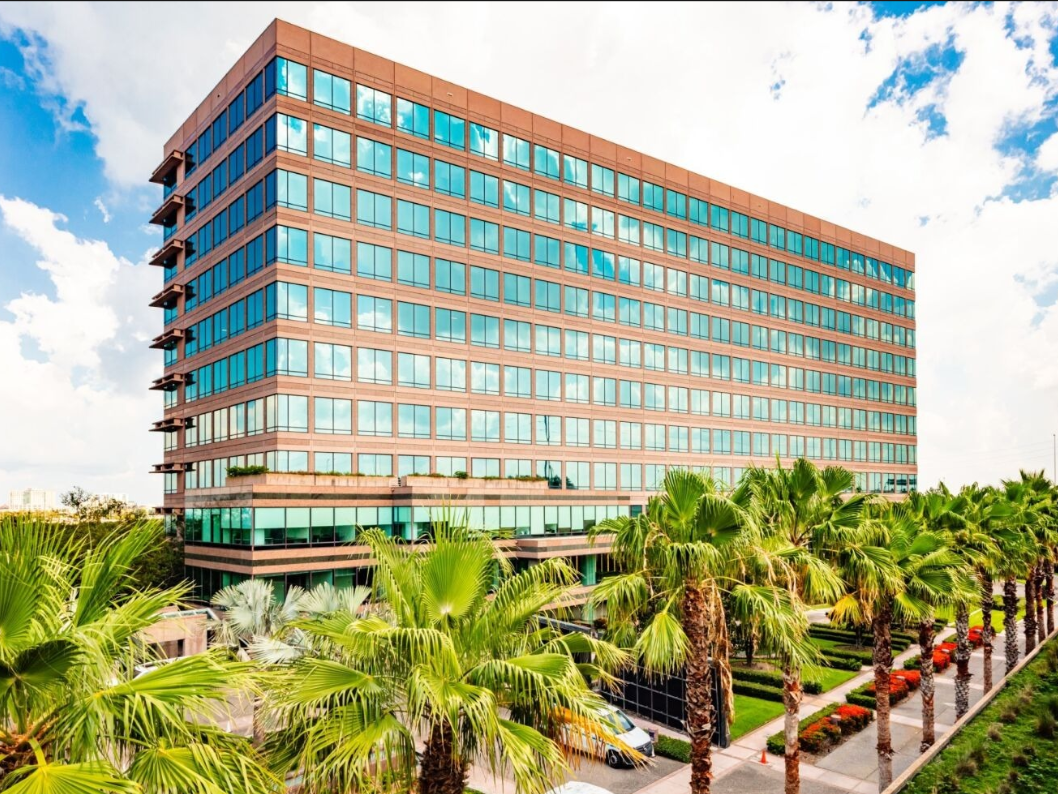
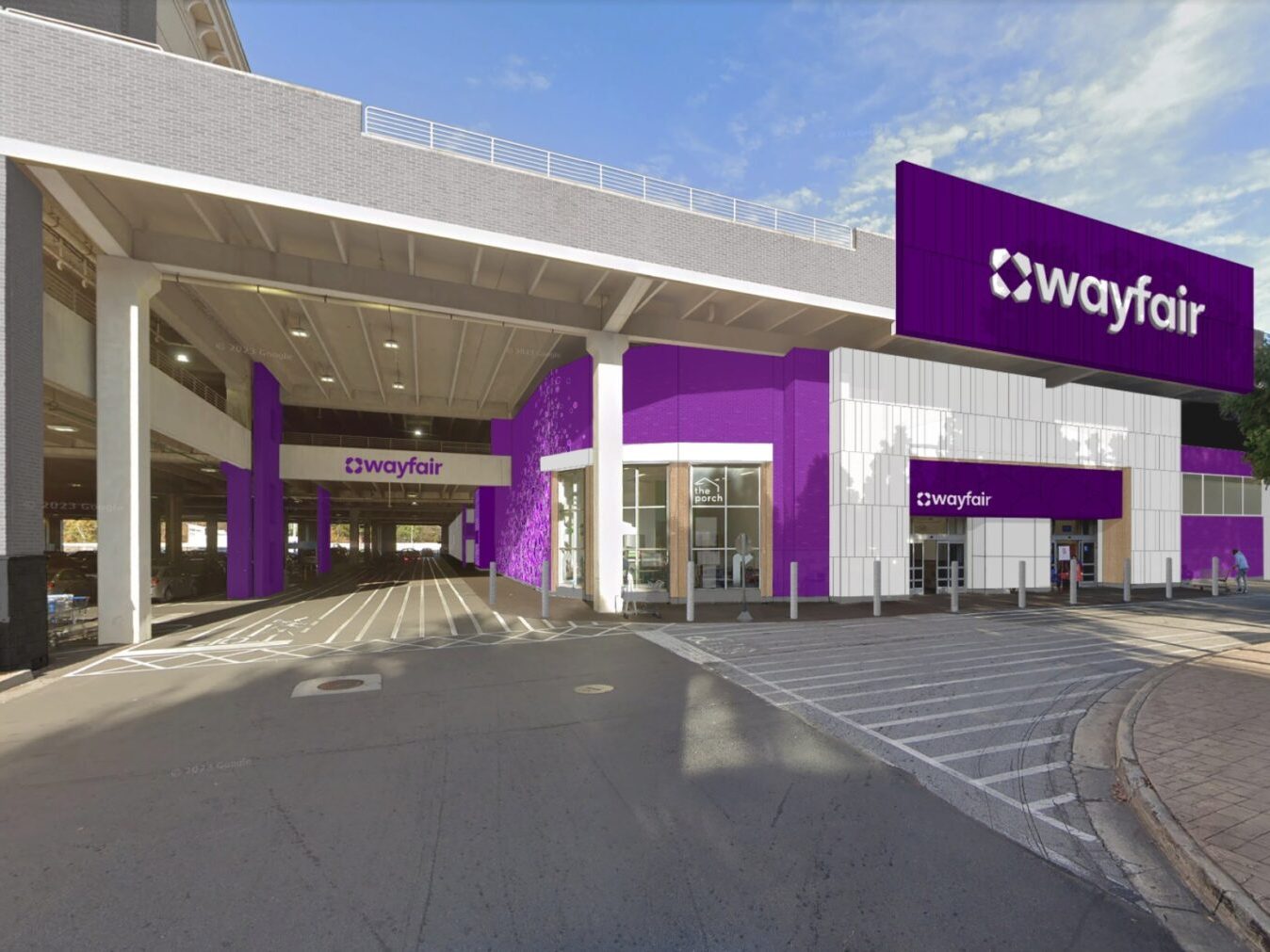
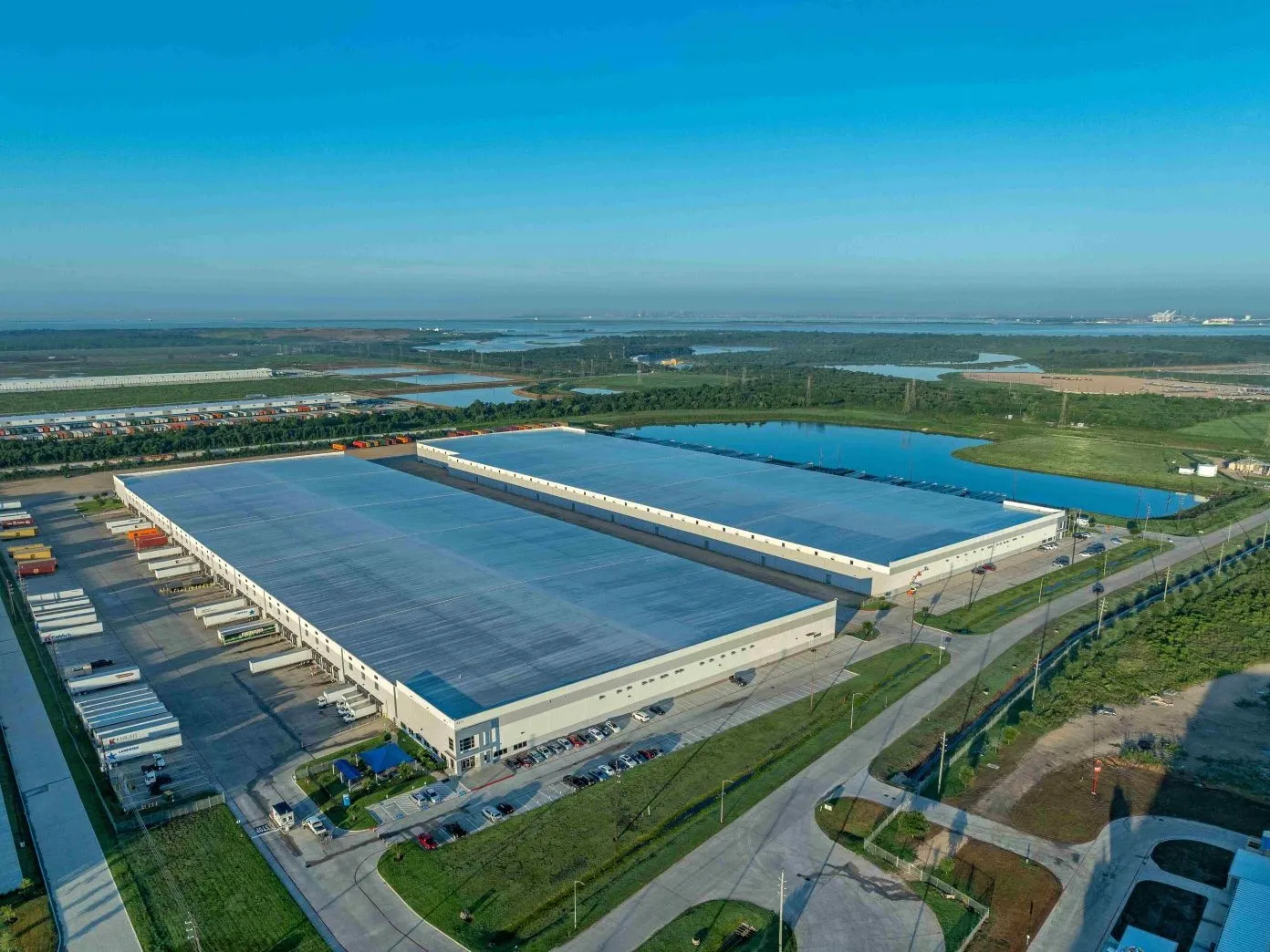
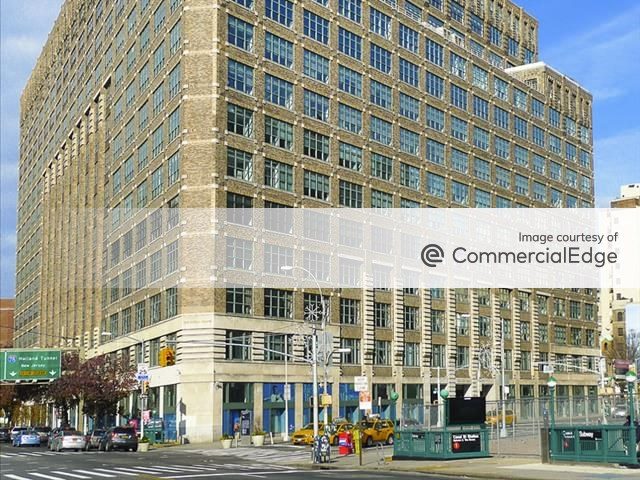
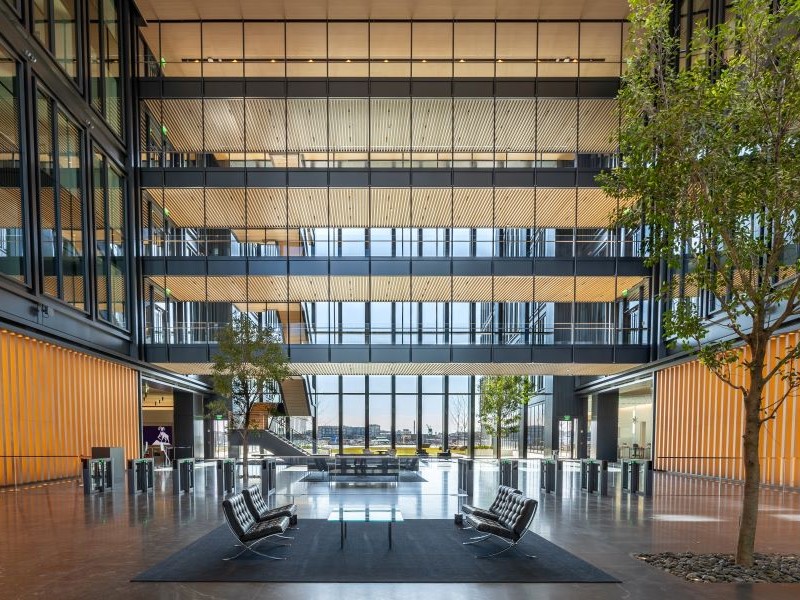
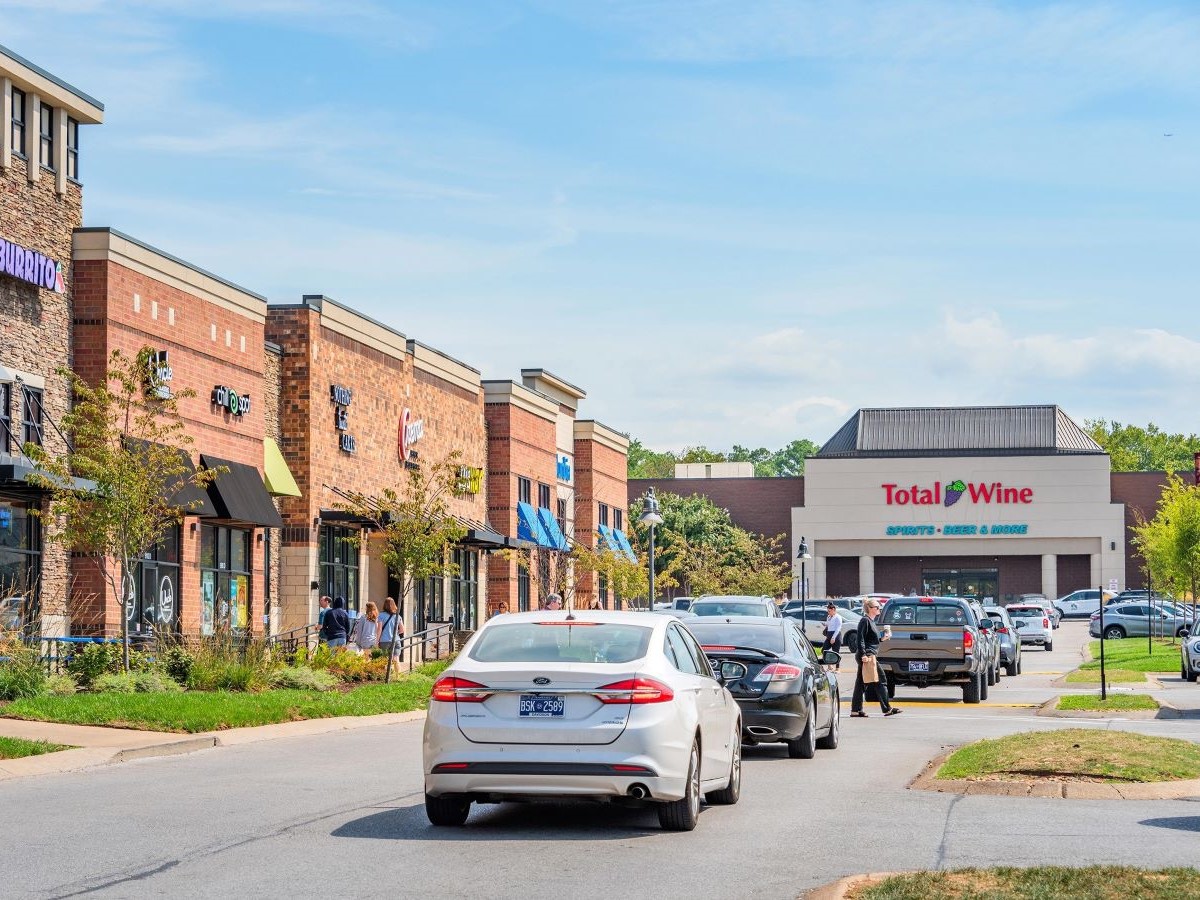
You must be logged in to post a comment.